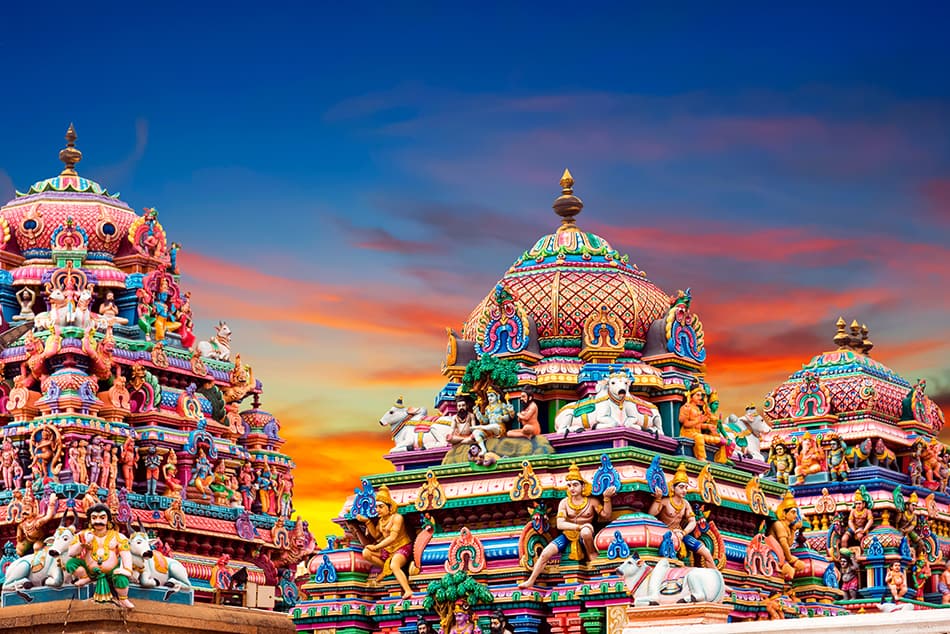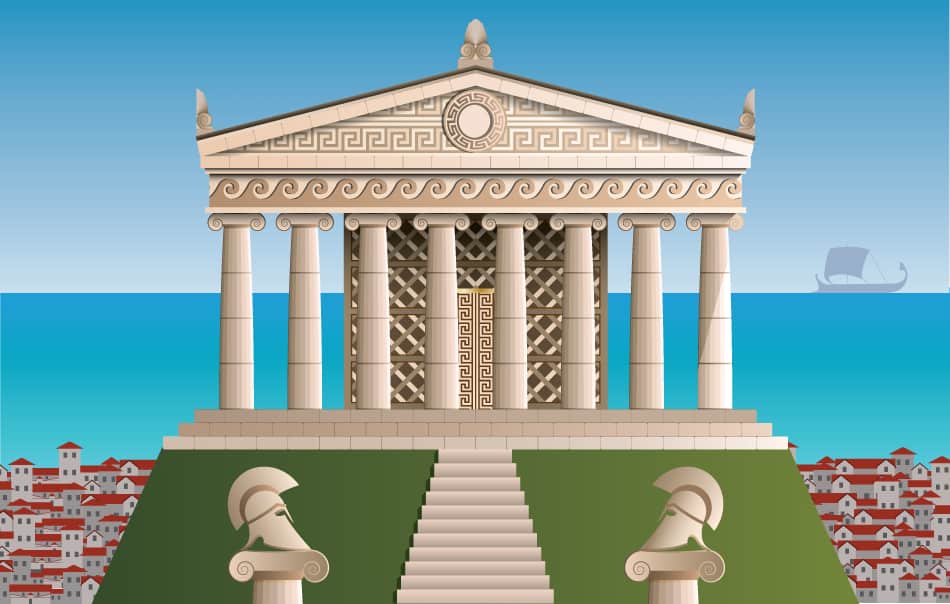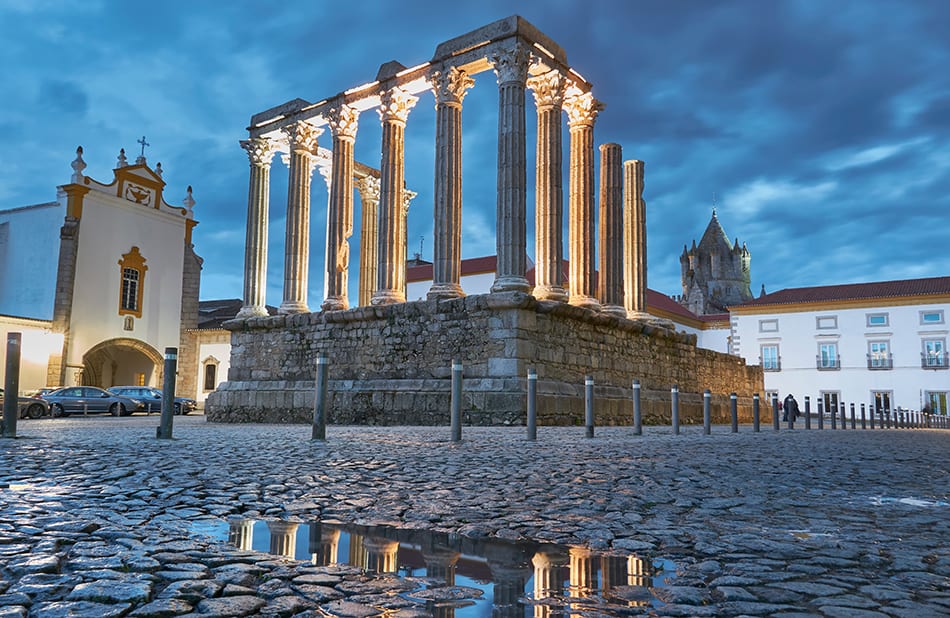DecoratingArchitecture
Temples are among the earliest structures known or erected by men.
The word temple comes from the Latin word templum, which means a sacred space.
Other older faiths or religions like those of the ancient Egyptians held spiritual gatherings or activities in temples.

In this article, you will know more about the parts of some types of temples.
For Hindus, temples are artificial temples where a chosen deitys image is enshrined.
Hindu temples are also not a place where the worshippers congregate to listen to sermons.

It is more of a structure where Hindus can socialize with each other.
In the old days, only royalties, noblemen, and priests were allowed inside Hindu temples.
Even today, most Hindu temples are restricted to non-Hindus.

In India, the basic form of a temple is a square cell thats oriented to four cardinal directions.
At the center of the square cell is a platform with an image of the deity.
Then theres a flat roof overhead and a doorway on the east.

It is in this porch or platform where the worshippers gather before and after they approach the deity.
More complex temples, meanwhile, have galleries and hallways.
These parts are commonly set on platforms with stairways connecting to different levels.

Some large temples even have separate buildings for other purposes like meditation.
In southern India, temples have large gates.
These structures also often have barrel-vaulted roofs surmounting the inner chamber and temple hall.
One example of a temple with these parts is the Khmer temple of Angkor Wat located in Cambodia.
In north India, most temples have curved towers.
The Parthenon, undoubtedly the most popular Greek tourist spot, is a temple dedicated to the goddess Athena.
The Greeks called their temples naos, which means dwelling.
The Greek temples are believed to have emerged as early as 10 B.C.
Just like the temples in India, the temples in Greece have their basic forms.
Its usually a simple rectangular room with walls creating a shallow porch.
The room is also the central part of the temple.
Its called cella or naos.
It has no windows.
It is also where the cult statue is often placed.
The front porch of the temple is called the pronaos.
It also includes the extended walls called antae.
Theres a door that connects the naos to the pronaos.
At the back of the naos is another room, called the opisthodomos.
It serves no real purpose aside from showing the balance to the pronoas.
But there is no door connecting the naos to the opisthodomos.
Meanwhile, the platform upon which the columns of the Greek temple rest is called the stylobate.
Colonnade is the series of columns upon which the entablature sits.
You have likely heard of the word entablature before.
The word translates to table.
It is supported by three layers.
On the other hand, dipteral temples are those with a double row of columns around the exterior.
Going back to entablatures, the Greeks put elaborate finishes on it to make their temples look more impressive.
The entablature of Greek temples had elaborate antefixes or vertical blocks that conceal covering tiles of a roof.
Roman Temples
For the Romans, the temples served as a place to worship their gods.
It can be said that Roman temples are one of the key features of Roman civilization.
However, the Etruscans also adopted other architectural styles into their temples, such as those of the Greeks.
It can therefore be said that Roman temples were partly influenced by Greek temples.
The style of columns is arguably the single most noticeable similarity between Greek and Roman temples.
Most Roman temples sit on an elevated area.
The podium is the base or foundation of the Roman temple.
Next to it is the flight of stairs.
Roman temples had 12 or more steps compared to the three steps typical in Greek temples.
The steps in Roman temples were normally found or placed only at the front.
The wide steps of the temple would then lead to a portico with columns.
A portico is an entrance to the temple.
It was often roofed and open at the sides.
The number of columns that made up a portico would determine its architectural name.
In ancient Rome, temples usually had open pronaos.
Meanwhile, the cella is the main enclosed door located in the middle of the Roman temple.
Here, you could find the image of the Roman god to whom the temple is dedicated to.
It had a small altar where people can worship or pray.
As mentioned earlier, Roman temples had columns similar in style to Greek temples.
Columns run along all four sides of a Roman temple.
There are usually four or six columns at the front.
Some columns are freestanding, while others are attached to the walls of the temple.
The Chinese adapted and customized the ancient Indian buildings following their architectural style.
Pagodas come in different shapes and sizes.
Some may be mistaken as towers, while others look like pavilions.
You may also encounter pagodas that look like pyramids.
There are three main parts of a pagoda: the platform, the underground hall, and the body.
The underground hall is where sacred books, paintings, and other relics are stored.
The platform may be simple or decorated.
The body or the main part of the structure may be hollow or solid.
Theres usually a spiral staircase leading up to the body.
Outside the walls, images of the Buddha are carved.
Meanwhile, the roofs of pagodas are usually crowned with carvings and even studded with jewels.
As you may have imagined, temples of different religions or civilizations have varying parts.